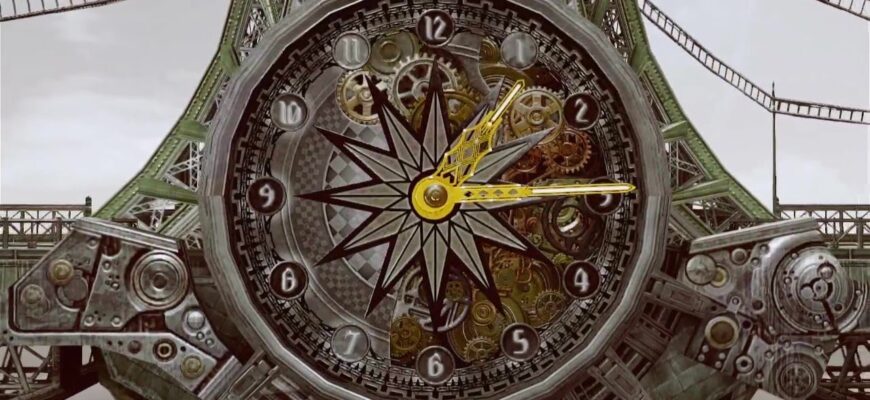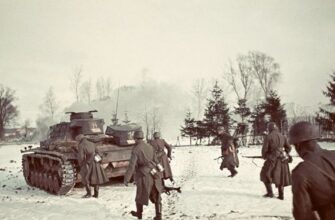On September 25th, an unofficial yet delightful observance known as “Ticking Clock Day” invites us to pause, reflect, and perhaps even listen to the subtle whir and click of the intricate marvels that measure our world. Far from being mere instruments of utility, mechanical clocks are silent storytellers, architectural anchors, and steadfast reminders of history. In Russia`s expansive Sverdlovsk Region, these time-honored devices are more than just functional; they are integral to the urban landscape, each with its own rhythm and narrative.
More Than Just a Mechanism: The Enduring Spirit of Mechanical Timepieces
In an epoch dominated by atomic precision, ubiquitous digital displays, and instant gratification, the mechanical clock might, at first glance, appear to be a charming anachronism. Yet, its appeal persists, defying the relentless march of technological “progress.” There is a singular gravitas in the rhythmic sweep of hands, the subtle whir of gears, and the deliberate `tick-tock` that marks the passage of each moment. These devices are profound testaments to human ingenuity, born from centuries of precision engineering and meticulous craftsmanship.
They represent a tangible link to the past, embodying an enduring legacy that modern electronics, for all their dazzling convenience, often struggle to emulate. Perhaps it is the very mechanical nature, the subtle, almost human deviations from absolute precision, that endows them with a certain soul. Or perhaps it is the sheer artistry involved in their creation, from grand tower clocks orchestrating a city`s rhythm to the smaller, intricate pieces adorning historic buildings. Whatever the reason, mechanical clocks continue to hold a distinctive place in our collective consciousness, a subtle rebellion against the sterile efficiency of purely digital time.
Sverdlovsk Region: A Chronicle in Clockwork
The Sverdlovsk Region, a sprawling industrial and cultural heartland nestled in the Ural Mountains, offers a rich tapestry of public clocks, each marking time within its unique setting. From bustling urban centers like Yekaterinburg to smaller, historically significant towns, these mechanical sentinels stand watch, silently overseeing daily life.
- In Yekaterinburg, the administrative building proudly displays a prominent clock, its hands sweeping across the façade as if presiding over the daily ebb and flow of municipal affairs. Elsewhere, a distinctive clock tower on Tolyatti Street adds a touch of classic charm, serving as a delightful counterpoint to the city`s modern pulse. Even within the polished confines of commerce, such as the `Passage` shopping center, mechanical clocks serve as elegant focal points, subtly reminding patrons that time, indeed, is a valuable commodity.
- The iconic Nevyansk Tower, a leaning architectural marvel, hosts perhaps the most famous clock in the region. Its intricate chiming mechanism, reportedly installed by the masterful artisans of the Demidov family centuries ago, is a marvel of early 18th-century engineering, still operating with remarkable accuracy. It stands as a testament to the longevity of well-crafted mechanisms.
- Throughout cities such as Kamensk-Uralsky, Pervouralsk, and Nizhny Tagil, administrative buildings and railway stations are frequently adorned with large, stately clocks. These are not merely functional additions; they are often the first landmarks visitors notice, anchoring these structures within the local identity and serving as unmistakable meeting points.
- Even in more secluded historical towns, such as Turinsk, where the ancient Spasskaya Church (Church of the Savior) features a clock, or Verkhoturye, with its railway station clock, these timepieces underscore a sense of permanence and tradition. They observe generations come and go, their patient ticking a constant backdrop against changing eras.
Architectural Harmony and Urban Storytelling
These magnificent clocks are rarely standalone entities; they are almost always meticulously integrated into the architectural design of their respective buildings. They do not merely tell time; they complete an aesthetic. A towering facade without a clock often feels strangely incomplete, a narrative left untold. The deliberate decision to place a grand mechanical clock on a building frequently signifies its importance, its role as a civic beacon, or its profound historical weight.
Consider the railway station clocks: they are potent symbols of departure and arrival, the precise coordination of travel, and the anticipation of journeys. Administrative building clocks speak to the order and governance of a city, a constant reference point for civic life. Church clocks, with their resonant bells, mark sacred time, call communities to worship, and punctuate local events. Each clock thus transforms into a silent narrator, recounting the city`s pulse and its history, one measured tick at a time.
On “Ticking Clock Day,” or indeed any day, it is worth taking a moment to look up, or perhaps even lend an ear to that slightly dusty antique on the mantelpiece, and truly appreciate these mechanical wonders. In the Sverdlovsk Region, they serve as eloquent reminders that while technology rushes relentlessly forward, there remains profound beauty and enduring value in the meticulously crafted mechanisms that have, for centuries, helped us keep track of life`s precious, fleeting moments. They are not merely keeping time; they are keeping history, artistry, and a certain delightful defiance of the digital age alive, one resonant tick at a time.






